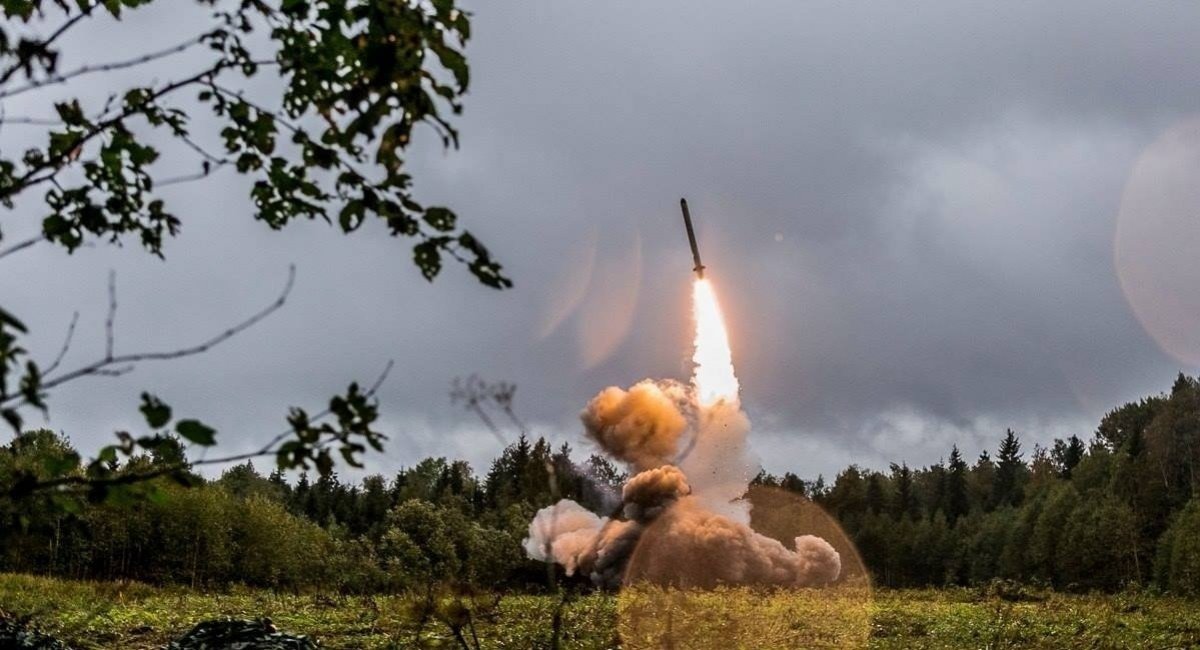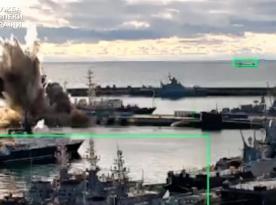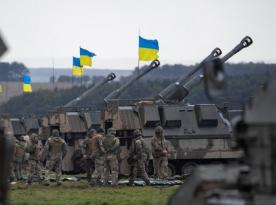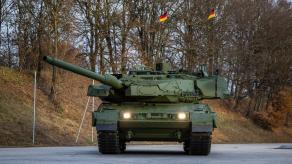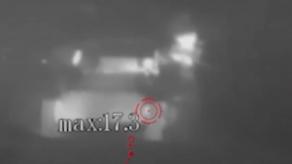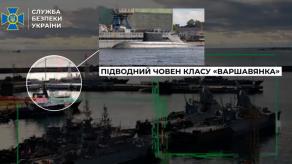On the night of July 31, russians launched another missile and drone attack against Ukraine. The largest number of strikes hit Kyiv, destroying and damaging many buildings and killing at least 13 people.
It is known that russians used 317 airborne threats in the attack. These included 309 Shahed-136 attack and decoy drones — including, according to some reports, jet-powered variants of the Shahed — as well as eight Iskander-K cruise missiles.
Read more: Ukrainian POWs Forced Into Service With russian Army – Media
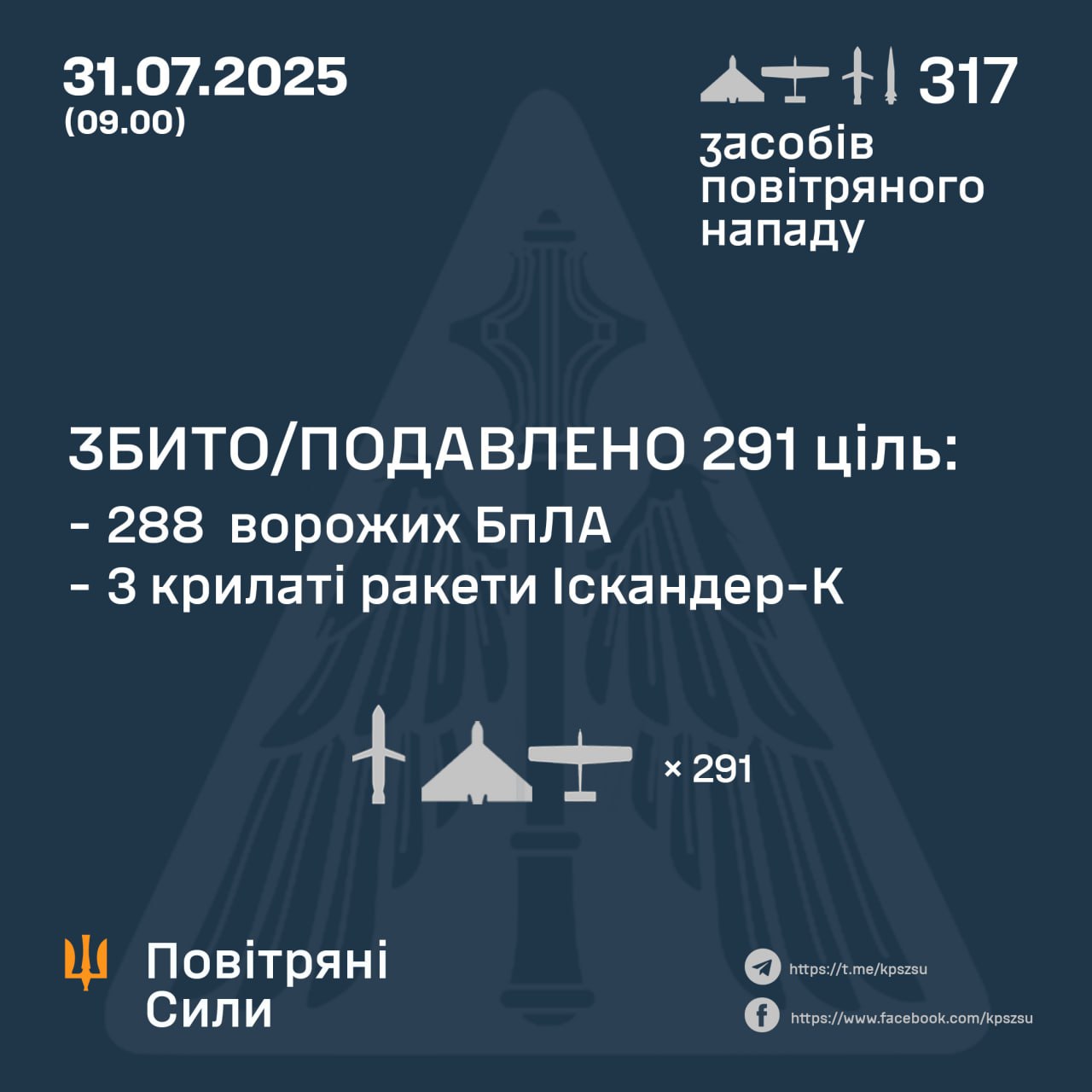
288 UAVs and 3 Iskander-K cruise missiles were shot down. This raises the question of why less than half of the Iskander-K missiles were shot down, while most Kh-101 or 3M-14 Kalibr missiles are typically intercepted, even though these are often launched in much larger numbers.
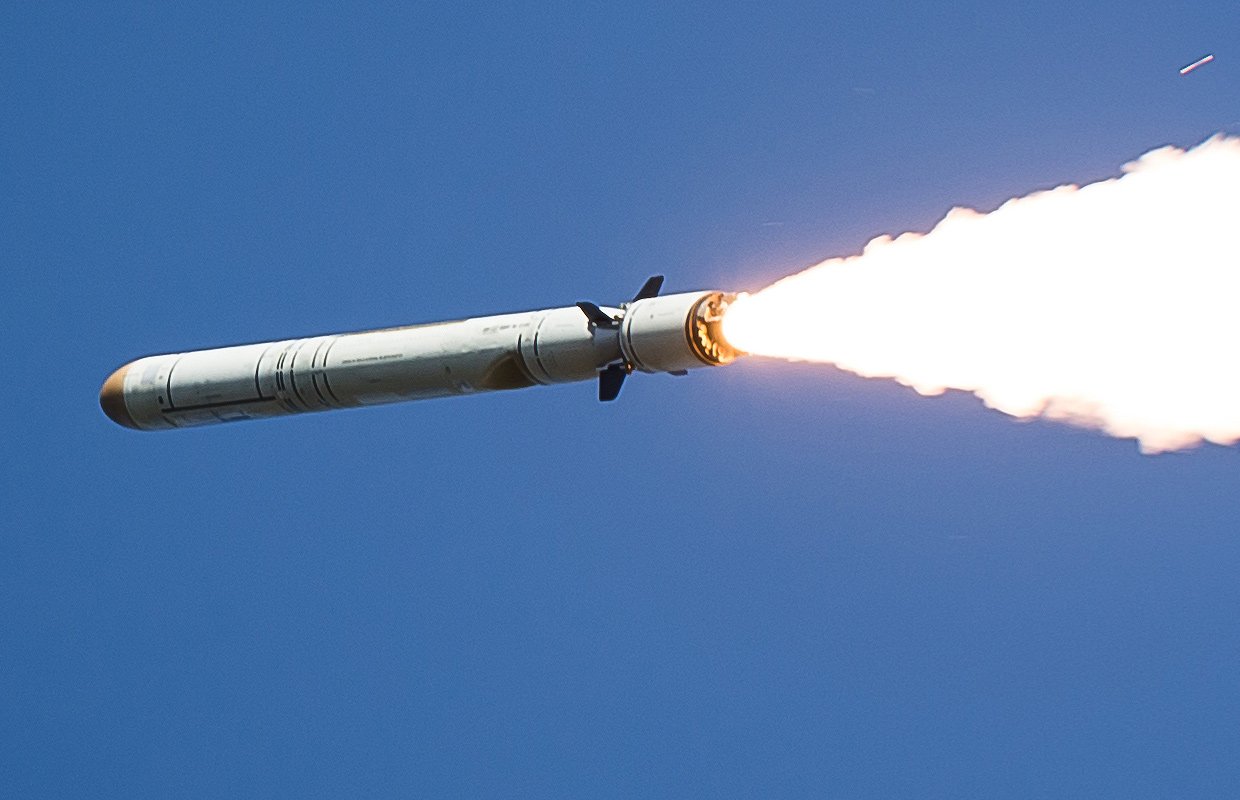
What gives the Iskander-K an advantage over missiles like the Kh-101 or Kalibr, and why is it significantly harder to intercept? The answer is simple: the effect of surprise. This time, the Iskander-K missiles were launched from russia's Kursk region, close to the border, which left little time to react or deploy effective countermeasures.
In addition, Iskander launchers are harder to track than the carriers of Kalibr and Kh-101 missiles, since the latter require ships to go to sea and have much longer approach times. Kh-101 missiles can hardly be compared, as their flight time is around an hour, and the launching aircraft have to first travel from air bases to their launch positions.
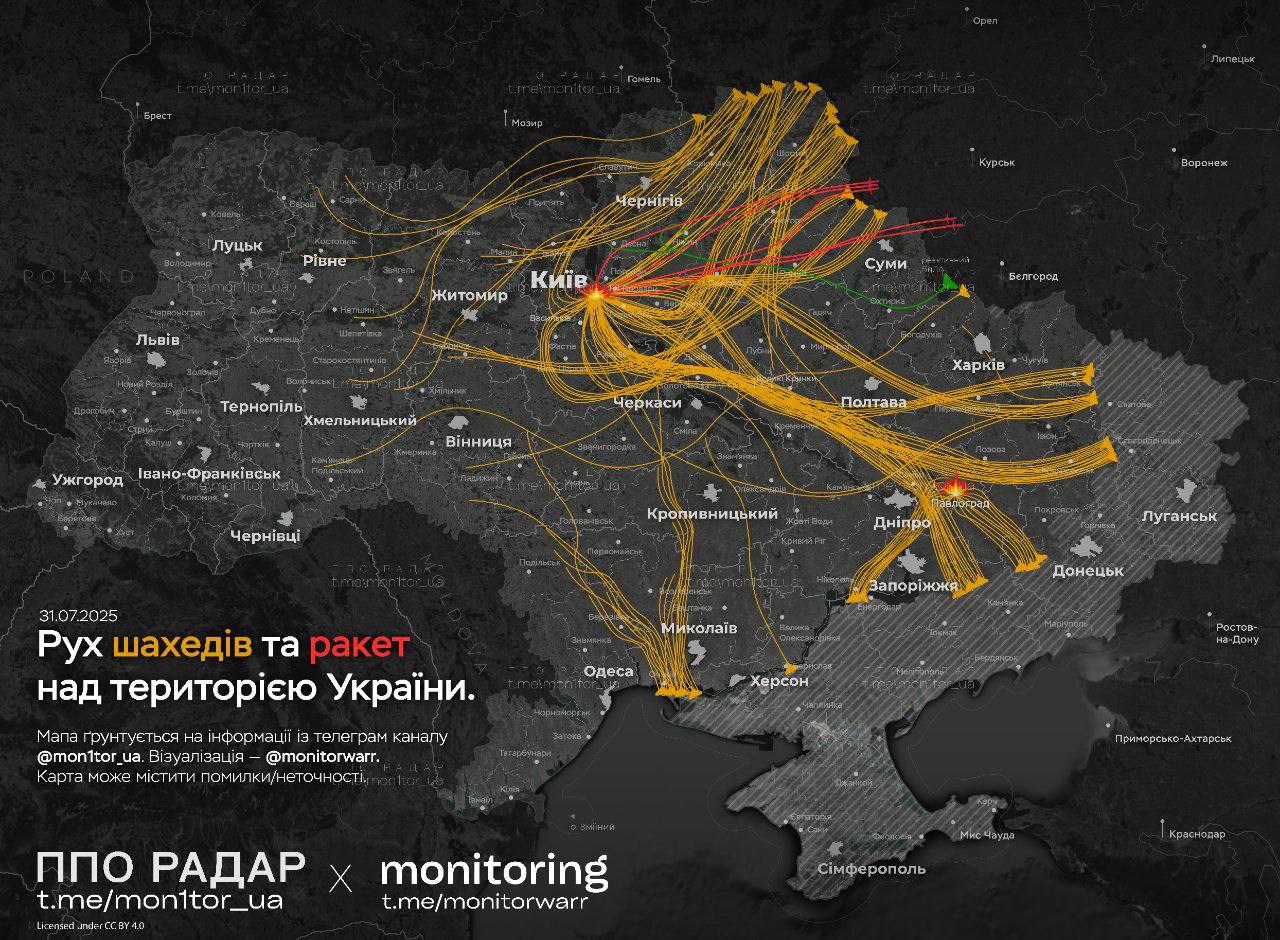
As for the Iskander-K, it is actually a general term for the cruise missiles that russia can deploy using the Iskander ballistic missile system. In particular, these are 9M728 (or R-500) with a range of up to 500 km and 9M729 with a range of up to 1500 km. Both types of missiles have a warhead weighing up to 480 kg and a flight speed of up to 900 km/h.
It was created on the basis of the Soviet RK-55 Relief system with KS-122 missiles. However, earlier some media outlets mistakenly claimed that it was a ground-based variant of the 3M-14 Kalibr, which itself was developed from the Soviet S-10 Granat missile—designed as a naval version of the KS-122.
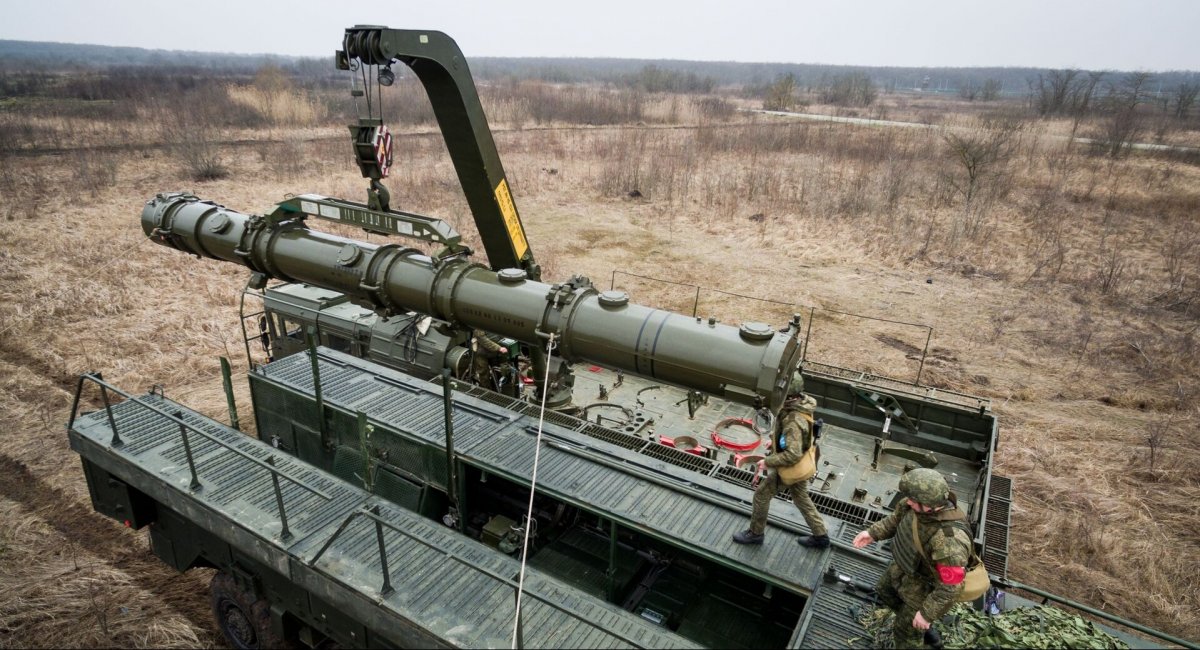
It is worth recalling that in June of this year, Ukraine's Defense Intelligence reported the approximate cruise missile production rates in russia. Now russia is capable of producing 300 cruise missiles per month, including 20-30 Iskander-K missiles.
Read more: Ukrainian Partisans Reveal russian Occupiers' Secret Radar Company in Sevastopol




